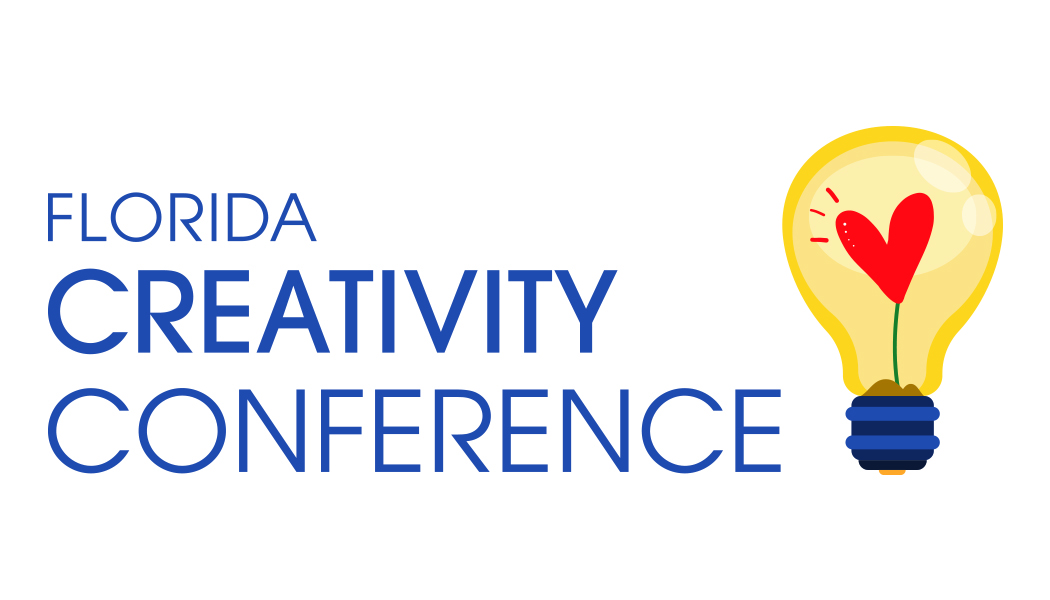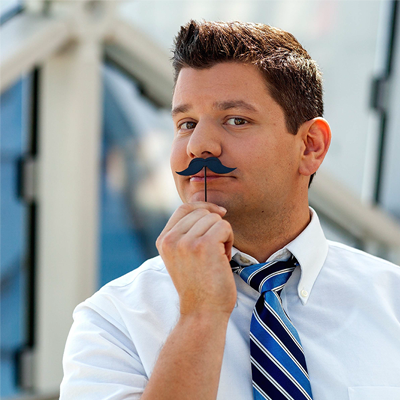Creative Problem Solving in Space: A tale of two Spec Ops
We’ve all seen the incredible images from space, but how exactly does NASA imagine, plan, and execute these complex missions? How about US Special Operations Command and the range of dynamic, compound security dilemmas they are tasked to navigate? What might their approaches have in common(?), and how might they differ? And, importantly, what lessons might we learn from their respective doctrine, culture, and methods? In this session, Dr. Lee and Mr. Schwagler will break down the planning and problem solving models of both institutions, and offer case analysis, experiential application, and guiding recommendations on how to leverage the shared wisdom of some of the brightest minds on the planet working in some of the most technically challenging operating environments in the galaxy!
What:
What 3 things might your participants learn or experience as a result of your workshop?
- Participants will gain insight into the behind-the-scenes activities that drive mission success at NASA.
- Participants will gain an appreciation and awareness of the robust planning and problem solving process employed by US Special Operations Command (“Joint Planning Process” — JP 5.0).
- Participants will become familiar with the analog astronaut community and the importance of training for space (and other extreme environment) missions in terrestrial / analog environments.
So What:
What might be 3 ways that the content of your workshop changes your attendees’ perceptions, habits, ways of working, or view of the world?
- This workshop is a peek under the hood, behind the curtain, and into the minds and methods of strategic planners and problem solvers working in high-risk environments.
- The facilitators will introduce mental models and heuristic aids for executing missions in dynamic environments.
- What other organization knows more about changing the perceptions of a population with a single photograph?
Now What:
What are 3 ways your attendees might apply what they learn in your workshop?
- Great question! You’d have to ask them. 😉

